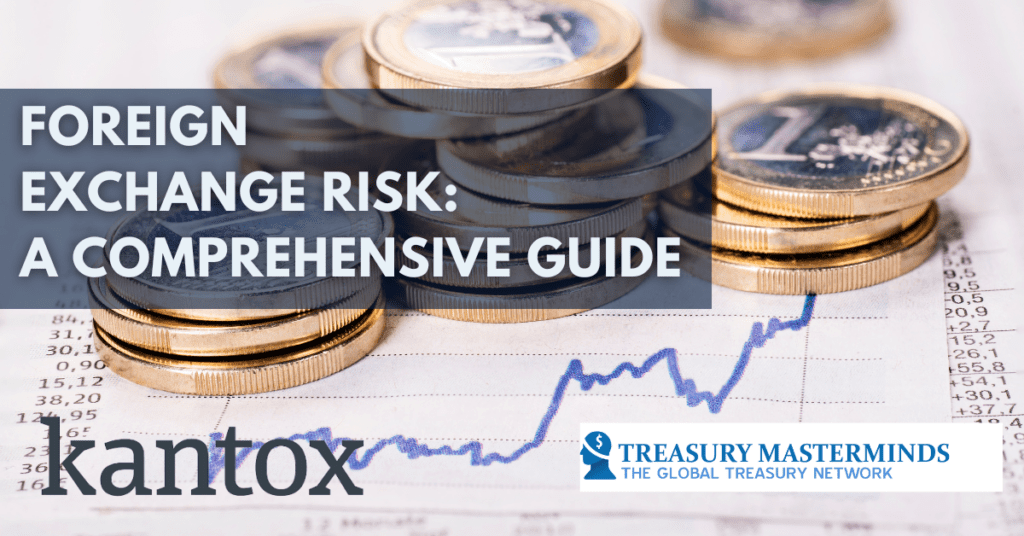
A guide to SME Payment hubs: Streamlined payment processes
This article is written by Nomentia There are a few things that are more important for small and medium-sized businesses than efficient payment processing. Prompt payment processing drives liquidity and makes cash flow management make sense. Smooth payment processes contribute to competitive advantage, reduce costs, help manage risks, and, in tandem with your other systems,…

When Interim CFOs become Sustainability Managers
This article is written by HedgeGo Interim CFOs and their challenges The appointment of an interim CFO often includes the company’s desire to change or transform existing processes and directions. This may involve restructuring the entire company or “just” introducing new systems; in any case, “change” is the order of the day. The deployment of…

Understanding the Differences in Treasury Teams & functions: Middle East vs. Europe and the US
In the intricate world of corporate finance, the structure and setup of treasury teams can vary significantly depending on the region. From the oil-rich landscapes of the Middle East to the regulatory frameworks of Europe and the dynamic capital markets of the US, each region has distinct characteristics that shape how treasury functions operate. Understanding…

Foreign Exchange Risk: A Comprehensive Guide
This article is written by Kantox Foreign exchange risk, also known as currency risk or FX risk, refers to the potential for financial loss or gain resulting from fluctuations in exchange rates. This risk is particularly relevant to businesses engaged in international operations. Understanding and effectively managing foreign exchange risk is crucial for maintaining profitability, cash…

Optimize Your Cash Forecasting with AI
This article is written by Kyriba Imagine a world where manual processes and guesswork don’t bog down forecasting. Instead, your forecast is created easily using real-time data and predictive analytics. This is the potential of artificial intelligence (AI) in modern financial operations; this is the power of AI in cash forecasting. AI’s ability to process vast amounts…

Key Performance Indicators for Corporate Treasury
Corporate Treasury is a critical function within an organization, responsible for managing cash flow, risk, financing, and forecasting. To ensure the efficiency and effectiveness of these operations, it is essential to monitor specific Key Performance Indicators (KPIs). This article outlines the most important KPIs for each of the four pillars of Corporate Treasury: Cash Management,…

Choosing the Right Financial Strategy: Intercompany Netting Vs. In-House Banking
This article is written by GPS Capital Markets If you seek to optimize your organization’s financial obligations across subsidiary entities, understanding the concept of intercompany netting is essential. This method involves offsetting mutual payables and receivables among different entities within the same group, aiming to minimize the actual funds transferred between parties. When you master…

Benchmarking Your Treasury Department: A Strategic Approach
In the complex world of corporate finance, maintaining an efficient and effective treasury department is crucial. Benchmarking your treasury operations against industry standards and best practices can provide valuable insights into improving efficiency, reducing costs, and enhancing overall performance. Here’s a comprehensive guide on how to benchmark your treasury department effectively. 1. Identify Benchmarking Objectives…